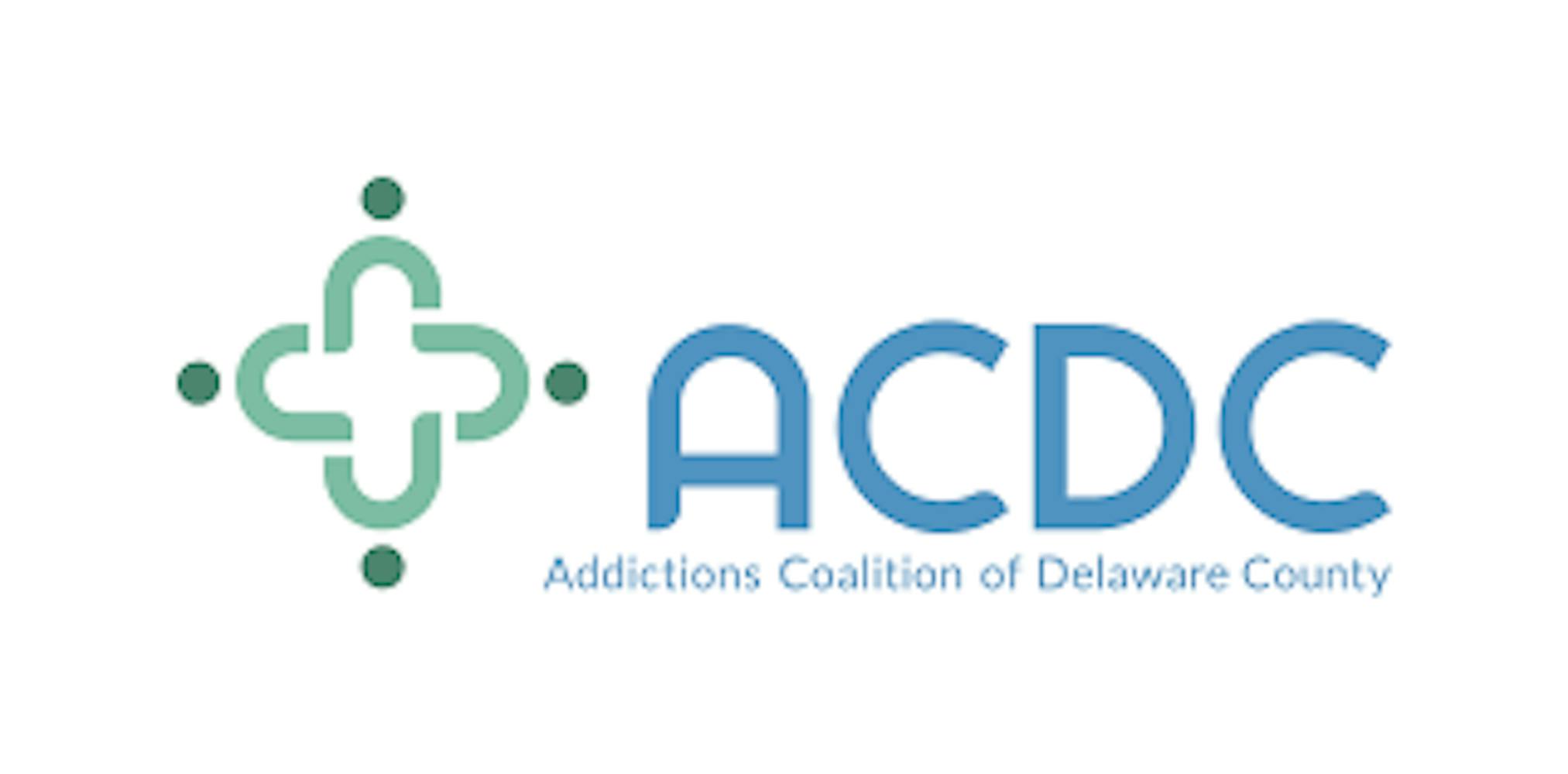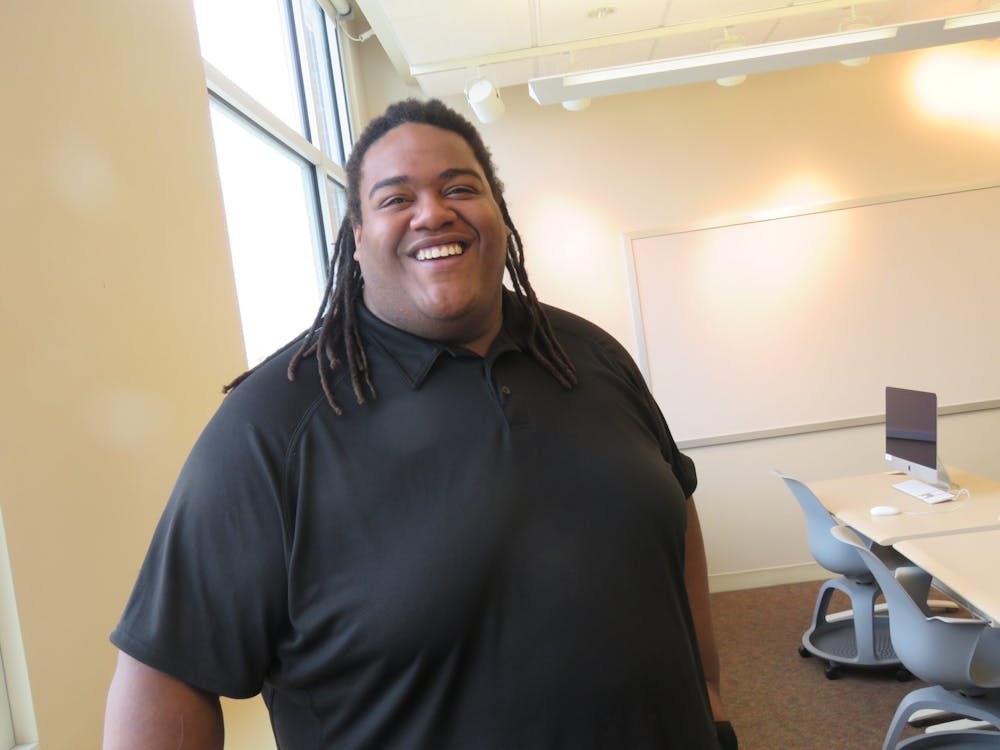Story by Zeke Hansen / Inform Muncie
Editor's Note: This story was originally published in November, 2022
The Addictions Coalition of Delaware County (ACDC) officially formed in July 2020 with the purpose of bringing “the resources, energy, and expertise of Ball State University to the community.” The seed for the organization was planted a year earlier, however, when Ball State University faculty members Dr. Jean Marie Place and Dr. Jonel Thaller discussed ways in which the issue of addiction could be addressed within Delaware County.
Place and Thaller knew of the initiative within Toledo, Ohio that utilized expertise from the University of Toledo to fight opioid abuse in the community. It was their hope to be able to emulate the success in Toledo within Ball State and Delaware County. Place and Thaller eventually contacted Dr. Dane Minnick, a fellow Ball State faculty member with experience in coalition building and addictions work, and the process of starting the coalition went on from there.
For Place, the battle against substance abuse was almost inevitable seeing how integral its effects were to Place’s research.
“I’m a maternal and child health researcher by training, but coming to Muncie, it was like every topic intersects with substances here,” said Place. “You know, I studied infant mortality or maternal mortality. Well, here, the top contributors to those issues are accidental overdose and… substance use in pregnancy.
“So, it’s like you can’t study maternal and child health without really bumping up into maternal substance use disorder.”
In a county that ranks 7th within Indiana for drug poisoning and 3rd within Indiana for Hepatitis C, a virus that often spreads through improper needle usage, substance abuse affects much more than maternal and child health. It affects everything.
“Think about poverty, you think about economic development, you think about rates of employment. In some ways, it will intersect with substances and addiction,” said Place, “and until we get substance use under control and people that need treatment in treatment, we’ll continue to see these corollary effects of addiction.
“That’s why I feel like one of the best ways for me as a researcher — but also for all of us — to spend our time is to really focus on helping people to get treatment from substance abuse disorders because you’ll see the ripple effects when people are healthy.”
The ACDC operates more as a support system than as a system that carries out the initiatives they create. The coalition’s leadership only consists of four members – Place, Thaller, Minnick, and Dr. Caity Placek – so doing the brunt of the work in addressing substance abuse is out of the question for those four. Instead, the leaders use their expertise and experience to aid and connect other organizations and members of the community so that they have what they need to create change.
For instance, one of the primary ways in which the ACDC provides support is grant writing. The ACDC has written or aided in writing grants that have resulted in over $1 million dollars of support for various programs and initiatives. Another way the ACDC provides support is through their research into substance use within Delaware County, which helps guide the decision-making of the ACDC and other local organizations when trying to combat substance abuse. The research also acts as a form of advocacy, as the numbers surrounding the problem within the county can help to earn the support of community members and local government officials.
The other major way the ACDC provides support is by operating as “an organizational gateway and networking platform.” The coalition hopes to create a unified effort amongst the county. Neil Kring, a pastor in the Avondale neighborhood with the Urban Light Community Development Corporation (CDC), can see the ways in which the presence of the ACDC has produced collaboration amongst the community.
“(The ACDC has) provided a sort of network of people that are getting together regularly from a lot of different sectors to talk about substance use issues,” said Kring. “Like, we will be heading into more conversations soon about a syringe program in Delaware County, which is something they have been a part of in the past, and then trying to figure out and strategize, like, what are the best approaches to try to – to basically try to win a sort of syringe program in Delaware County.
“There are prevention efforts, small little prevention efforts, that happen throughout the county that are unfortunately not very strategic at times or kind of a little bit disjointed,” said Kring, “but the addictions coalition is trying to provide a little bit of structure to that along with some of the things that the state is doing.”
The hope is that the ACDC’s work not only impacts Delaware County, but produces a blueprint for other areas in Indiana and the country to follow. For Dr. Dane Minnick, the executive director of the ACDC, there is added importance in trying to reverse what is generations of ineffective anti-drug and -substance use campaigns.
“Addictions itself has been a fundamental problem in U.S. society, you know, dating back all the way to the early 1900’s with prohibition and things like that. It has been an issue that has (been) one of the primary social and behavioral health issues that the U.S. has faced since its inception. It’s something that we have never addressed well. I mentioned prohibition. That was one of the early parts where we were trying to deal with it and it worked horribly, and we’ve kind of followed in that same vein since then.
“Historically, we’ve had the War on Drugs and Just Say No and the DARE program, which we found out after the fact was actually encouraging kids to use drugs and alcohol versus preventing it. So, it’s just been this massive failure on the part of politicians and service organizations and professions to deal with this issue that we just keep seeing coming up.”
The wave-like nature of drug problems in the U.S., like how the current opioid crisis followed the cocaine and crack epidemics, creates a façade that these anti-drug campaigns are successful.
“There’s been consistent waves of drug problems over each decade, essentially, and it’s never us that’s fixing the problem. It’s always that the wave kind of completes itself and people move onto a different substance that they view as less harmful in the moment versus us actually having any impact on preventing substance use or really even doing a good job treating it.”
The ACDC’s work has gotten noticed by executives at the state level, including the Division of Mental Health and Addiction (DMHA), but their work is hardly finished. Upcoming projects the ACDC is involved with include the creation of a crisis center, a place where people in a behavioral health crisis or mental health crisis can be taken that’s not the police station or the hospital.
Another program the ACDC hope to bring to Muncie is a safe syringe program, which would provide drug users with a way to obtain clean syringes while also giving people a contact point if they seek help with their substance use disorder.
Minnick and the ACDC believe that if Delaware County can reverse its substance use issues, then a way will be paved for communities all across the state and country to do the same.
Images by: Taken with courtesy from the ACDC.





